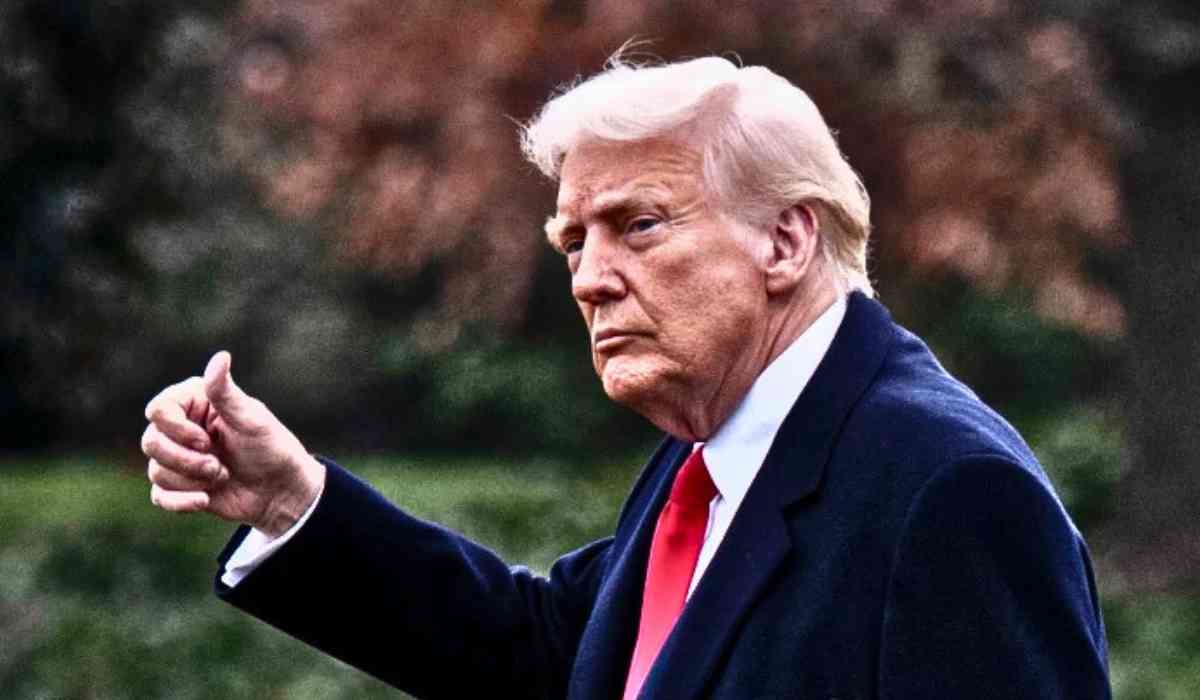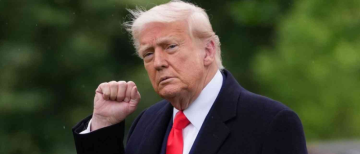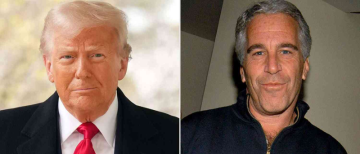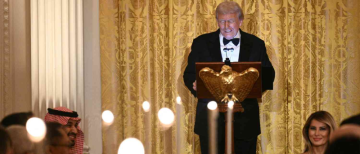On April 2, 2025, President Donald Trump announced a series of tariffs as part of what he called "Liberation Day," aiming to reshape the U.S. trade landscape. However, the move has sent shockwaves through global markets, leading to significant losses and heightened uncertainty. In this article, we'll explore what these tariffs mean, how they're affecting the economy, and what experts predict for the future.

What Are Tariffs and Why Are They Important?
Tariffs are taxes imposed on goods imported from other countries. They can be used to protect domestic industries by making imported goods more expensive. President Trump's latest tariffs include a 10% duty on all U.S. imports, with higher rates for countries like China and the European Union, which have significant trade deficits with the U.S..
The Immediate Impact on Markets
The announcement of these tariffs has led to a sharp decline in stock markets worldwide. The S&P 500, a key U.S. stock index, plummeted nearly 5% in a single day, wiping out approximately $1.7 trillion in value. This reaction is not just limited to the U.S.; markets in Asia and Europe also suffered significant losses, with Japan's Nikkei 225 falling by as much as 4.5%.
Why Are Markets Reacting This Way?
Markets are reacting strongly because these tariffs could lead to several negative outcomes:
-
Increased Costs for Consumers: Companies that import goods will face higher costs due to tariffs. These costs are often passed on to consumers through higher prices, which can lead to inflation.
-
Slower Economic Growth: Higher prices can reduce consumer spending, which is a major driver of economic growth. If consumers spend less, businesses may produce less, leading to slower economic expansion.
-
Risk of Recession: Economists warn that sustained tariffs could push the U.S. into a recession—a period of economic decline.
-
Global Trade War: Other countries might retaliate with their own tariffs, escalating into a global trade war. This could further disrupt trade and economic stability.

Is This a Short-Term Pain for Long-Term Gain?
Some investors believe that while these tariffs might cause short-term discomfort, they could lead to long-term benefits for U.S. manufacturing. The idea is that by making imported goods more expensive, domestic industries might see an increase in demand and production.
However, this strategy is not without risks. The global economy is interconnected, and disrupting trade flows can have far-reaching consequences. The potential for retaliation from other countries could lead to a cycle of escalating tariffs, harming both U.S. exporters and consumers.
What Does the Future Hold?
As markets continue to react to these developments, several factors will be crucial in determining the future impact:
-
Retaliation from Other Countries: How other nations respond to these tariffs will significantly influence the global economic landscape. If they impose their own tariffs, it could lead to a broader trade conflict.
-
Consumer Spending: If consumers reduce their spending due to higher prices, it could slow down economic growth. However, if they continue to spend, the impact might be less severe.
-
Federal Reserve's Response: The Federal Reserve might adjust its monetary policy in response to inflation and economic growth concerns. This could involve raising interest rates to control inflation or lowering them to stimulate growth.

Conclusion
President Trump's "Liberation Day" tariffs have marked a significant shift in U.S. trade policy, but the immediate reaction from markets suggests that this move is fraught with risks. While some see potential long-term benefits for U.S. manufacturing, the short-term challenges are undeniable. As the world watches how these tariffs unfold, one thing is clear: the path ahead will be complex and potentially volatile.
In the coming weeks and months, it will be crucial to monitor how other countries respond, how consumers adjust to higher prices, and how policymakers navigate these challenges. The future of global trade and economic stability hangs in the balance, and only time will tell if these tariffs will achieve their intended goals or lead to unintended consequences.
With inputs from agencies
Image Source: Multiple agencies
© Copyright 2025. All Rights Reserved Powered by Vygr Media.


























